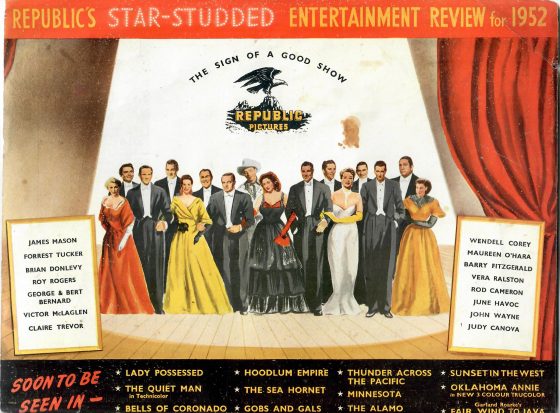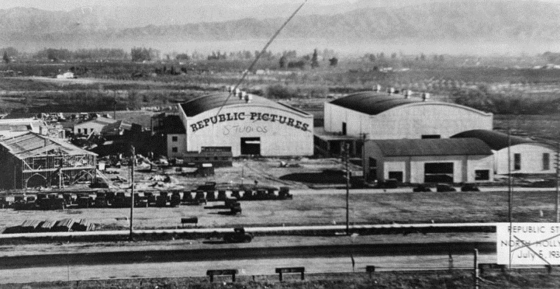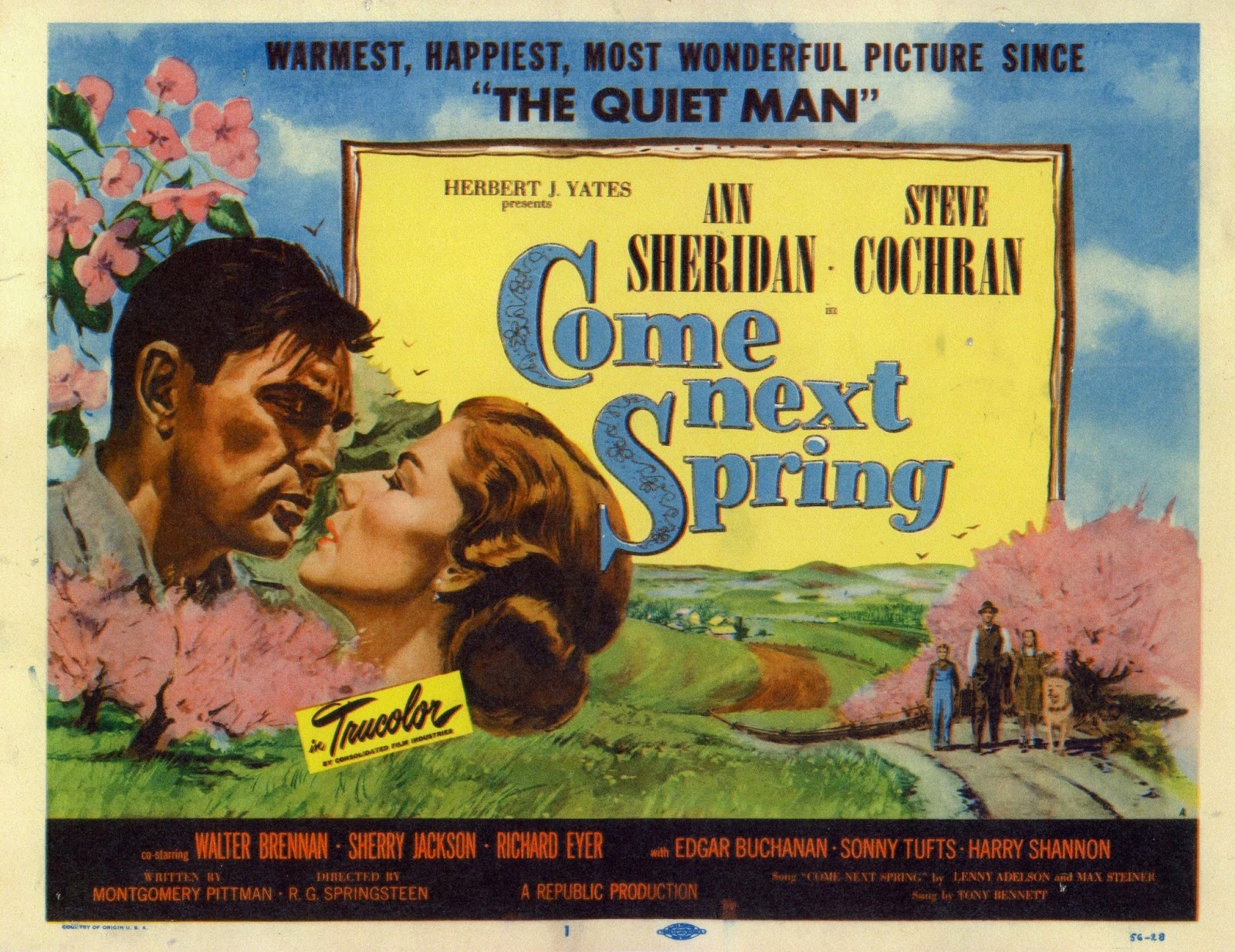This promotional Colour picture certainly shows that Republic were trying very hard to become on a par with the major Studios of the day

This is certainly an impressive array of Film Stars and films.

Republic certainly came up with some very good films along the way – we think of ‘The Quiet Man’ ‘Sands of Iwo Jima’ ‘Rio Grande’ and later than 1952 came ‘Johnny Guitar’ and ‘Trouble in the glen’ filmed in England – I remember seeing this at the Gaumont Cinema in St Albans, then ‘The Last Command’ ‘Flame of the Islands’ ‘Dakota Incident’

‘The Quiet Man’ – probably the most famous – and successful – that Republic made

Republic Studios- Maybe this picture is mis-leading but it does look a little ramshackle
News of Republic Pictures from last year 2023
Republic Pictures, a historic movie label founded in 1935 and closed in 1967, has been revived by parent company Paramount Global. The banner will function as an acquisitions play, releasing titles acquired by Paramount Global Content Distribution.
“We’ve chosen to revitalise the Republic banner given its storied history of delivering popular movies to a global audience,” said Dan Cohen, Paramount chief content licensing officer
Republic’s legacy is mostly centred around classic Westerns, many of them starring John Wayne, Gene Autry and Roy Rogers.
Founded by Herbert J. Yates, the label also released films from director John Ford (“The Grapes of Wrath”) and Orson Welles (his 1948 take on “Macbeth,” in which he cast himself in the lead role).
I have saved the one below until last on this article – this is one of my favourites released in 1956 by Republic – it was in Trucolor which was great

In the mid-1950s Republic Pictures was on its last legs as a movie-producing entity.
Formed in 1935, it was the brainchild of Herbert J. Yates, founder and president of Consolidated Film Industries, a film processing lab based in New York. Yates saw his big chance when six of Hollywood’s Poverty Row studios — the largest (relatively speaking) being Monogram and Mascot — became deep in debt.
Yates called all their debts, then offered an alternative: merge into one production facility, with Yates as head of the studio. The others went for it, and Republic Pictures was born. (In 1937, unable to get along with Yates, Monogram’s officers backed out of the deal and reorganized under their old corporate name, which morphed in 1947 into Allied Artists.)
Strictly speaking, Republic was a notch or two above Poverty Row, but it was never a major operation. Its bread and butter was chapter serials and westerns, its biggest stars John Wayne, Gene Autry, Roy Rogers and Rex Allen (in just about that order). There was the occasional prestige picture (again, relatively speaking), like Sands of Iwo Jima and The Red Pony (both 1949), or, a few more notches up the scale, John Ford’s Rio Grande (’50) and The Quiet Man (’52), but for the most part it was cliffhangers, horse operas and hillbilly comedies for the small-town venues.
In the summer of 1955, taking one last shot at prestige, Yates dispatched a unit headed by Ann Sheridan and Steve Cochran up north to the California Gold Country town of Ione (pronounced “eye-own”) in the hills of Amador County 35 miles southeast of Sacramento.
There they made what is surely the best film ever to come out of Republic Pictures – ‘Come Next Spring’
Place your comment